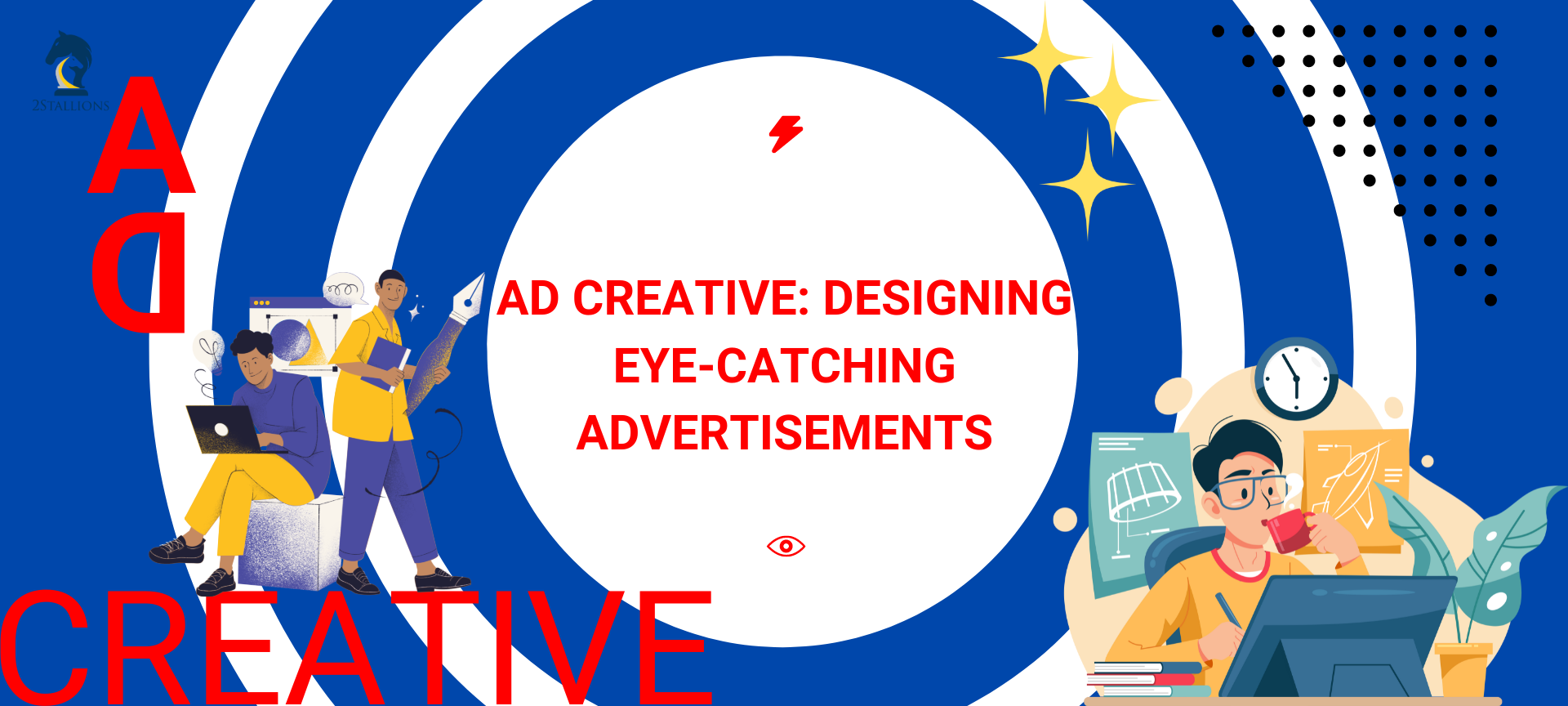SHARE

The term ‘Ad Creative’ refers to the visual, auditory, and textual components that make up an advertisement. This encompasses everything from the images and videos used to the copywriting and even the layout of the ad itself. The quality and effectiveness of an ad creative can significantly impact the success of a digital marketing campaign, making it a critical aspect to understand and master.
Ad creatives are not just about making an ad look appealing. They are about creating an ad that is effective in achieving its intended purpose, whether that be increasing brand awareness, driving traffic to a website, or encouraging consumers to make a purchase. This involves understanding the target audience, the platform the ad will be displayed on, and the overall goals of the campaign.
Components of an Ad Creative
The components of an ad creative can be broken down into three main categories: visual, auditory, and textual. Each of these components plays a crucial role in the overall effectiveness of the ad, and they must all work together to create a cohesive and engaging advertisement.
Looking into the visual component of an ad creative includes any images, videos, or graphics used in the ad. These elements are often the first thing a viewer notices about an ad, and they can have a significant impact on the viewer’s initial impression of the ad and the brand it represents.
Visual Elements
The visual elements of an ad creative are arguably the most important, as they are what initially draw the viewer’s attention. These elements can include static images, animated graphics, or video content. The choice of visual elements should be guided by the platform the ad will be displayed on, the target audience, and the overall message the ad is intended to convey.
For example, an ad targeting a younger audience on a platform like Instagram might benefit from vibrant, eye-catching images or short, engaging videos. On the other hand, an ad targeting an older audience on a platform like LinkedIn might be more effective with more professional, straightforward imagery.
Auditory Elements
The auditory elements of an ad creative include any sound or music that accompanies the visual elements. These elements can help to set the mood of the ad, reinforce the message, and make the ad more memorable. The choice of auditory elements should be guided by the platform the ad will be displayed on, the target audience, and the overall message the ad is intended to convey.
For example, an ad for a new music album might include a snippet of a song from the album, while an ad for a new car might include the sound of the car’s engine. The key is to choose auditory elements that enhance the overall effectiveness of the ad without distracting from the main message.
Textual Elements
The textual elements of an ad creative include any words or text used in the ad. This can include the headline, body copy, and call-to-action. The choice of textual elements should be guided by the platform the ad will be displayed on, the target audience, and the overall message the ad is intended to convey.
For example, an ad for a new product might include a headline that highlights the product’s unique selling point, a body copy that provides more detail about the product, and a call-to-action that encourages the viewer to learn more or make a purchase.
Creating Effective Ad Creatives
Creating an effective ad creative is not just about choosing the right visual, auditory, and textual elements. It also involves understanding the platform the ad will be displayed on, the target audience, and the overall goals of the campaign.
The platform the ad will be displayed on can have a significant impact on the effectiveness of the ad creative. Different platforms have different specifications for ad creatives, and what works well on one platform may not work as well on another. Therefore, it’s important to understand the specific requirements and best practices for each platform.
Grasping the Platform Features
Each digital marketing platform has its own set of specifications and best practices for ad creatives. These can include the size, format of the visual elements, the length, tone of the auditory elements, the length and style of the textual elements. Understanding these specifications and best practices can help to ensure that your ad creative is as effective as possible.
For example, an ad creative for Facebook might need to be designed with a square or vertical format in mind, while an ad creative for Google Ads might need to be designed with a horizontal format in mind. Similarly, an ad creative for Instagram might benefit from more casual, conversational copy, while an ad creative for LinkedIn might benefit from more professional, formal copy.
Identifying the Audience Perspective
The target audience perspective is another crucial aspect of creating an effective ad creative. This involves assessing the audience’s demographics, interests, and online behaviour. This information can help to guide the choice of visual, auditory, and textual elements, the overall tone and style of the ad.
For example, an ad targeting millennials might benefit from vibrant, eye-catching visuals and a casual, conversational tone, while an ad targeting baby boomers might benefit from more straightforward, professional visuals and a more formal tone.
Understanding the Campaign Goals
Finally, understanding the overall goals of the campaign can help to guide the creation of the ad creative. Different goals may require different approaches to the ad creative. For example, a campaign aimed at increasing brand awareness might benefit from an ad creative that focuses on the brand’s unique selling points and values, while a campaign aimed at driving sales might benefit from an ad creative that focuses on the product’s features and benefits.
In conclusion, creating an effective ad creative involves a careful balance of visual, auditory, and textual elements, as well as a deep understanding of the platform, audience, and campaign goals. By mastering these aspects, you can create ad creatives that not only look great, but also deliver results.
Ad Creative FAQs
What are the key elements of effective Ad Creative design?
Key elements include a compelling headline, high-quality visuals, a clear and actionable call to action (CTA), along with a concise message that communicates the value proposition effectively. The design should be aligned with the brand identity for consistency across campaigns.
How can you ensure your Ad Creative stands out?
To ensure your ad creative stands out, use vibrant colours that aligns with your brand, incorporate unique and memorable images or graphics, and employ dynamic compositions to draw the viewer’s eye on the important parts of your ad. Testing different designs to see what resonates best with your target audience is also crucial.
What design principles should be considered when creating Ad Creative?
Design principles such as balance, contrast, hierarchy, and alignment are vital. These principles help organise the ad content in a way that is both aesthetically pleasing and easy to understand, enhancing the ad’s ability to communicate its message effectively.
How can ad creative be optimised for different platforms?
Optimising ad creative for different platforms involves understanding the unique specifications and user behaviours of each platform. For example, vertical videos for Instagram Stories, shorter videos for TikTok, and eye-catching images for Facebook feed. It’s important to adapt the size, content, and format to suit each platform’s requirements and audience preferences.










